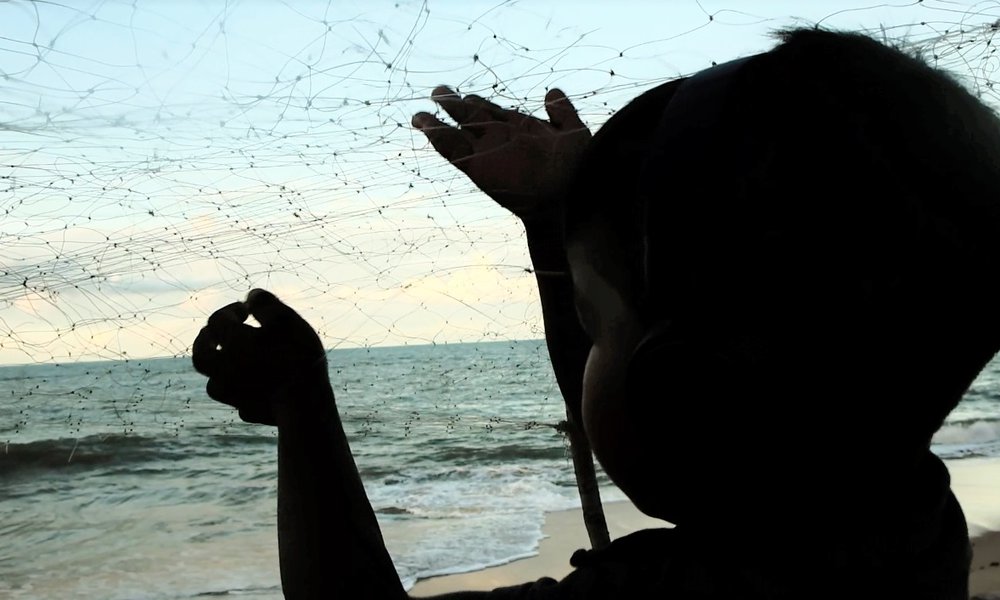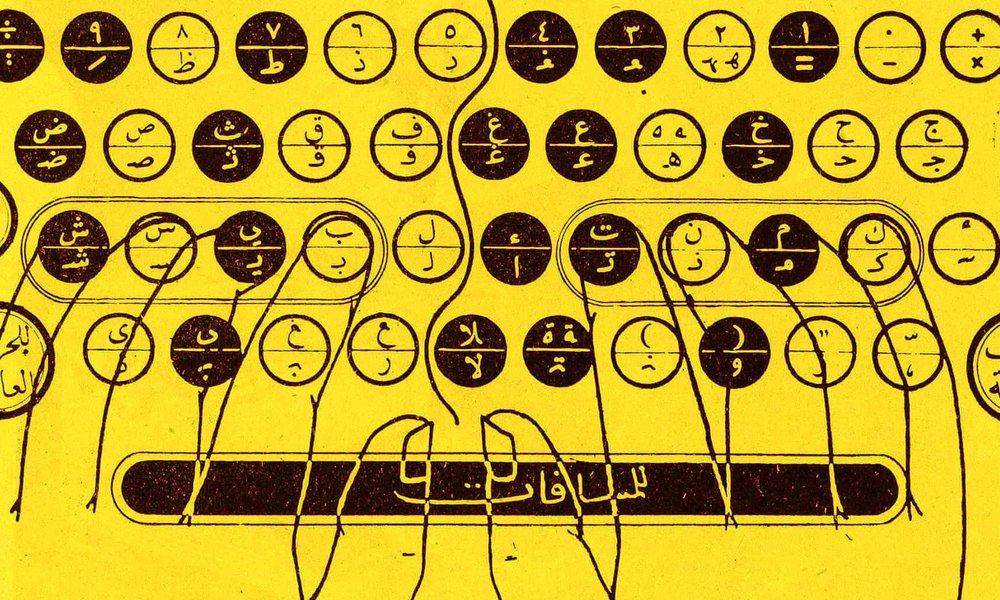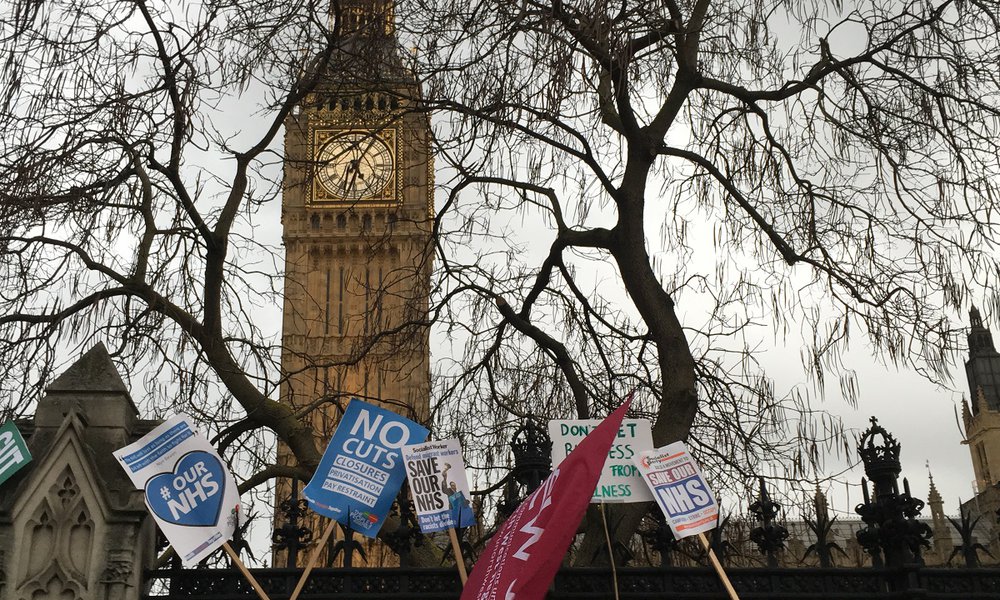How ‘The Black and White Minstrel Show’ spent 20 years on the BBC
by Dr Christine Grandy
24 Jan 2019
From 1958 to 1978, British audiences became used to a familiar sight on their television screens: white singers and actors performing in blackface on the BBC’s variety programme, The Black and White Minstrel Show. The Minstrels sang and danced as a group, often on sets styled like the Southern United States, and always with a smile. The programme was launched as a regular Saturday-night programme in 1958 and by 1963 was attracting 16.5 million viewers. The show’s longevity belied the complaints the BBC received in 1967 from black Britons who criticised the blacking up at the show’s centre.
Early protest
In May 1967, a potential turning point came when the Campaign Against Racial Discrimination (CARD) presented the BBC with a petition of 200 signatories organised by Clive West, a Trinidadian stoker, calling for the show’s termination and stating, ‘this hideous impersonation is quite offensive and causes much distress to most coloured people.’ Earlier criticism had been voiced in Flamingo, a magazine aimed at Black and Asian readers, which argued in 1961 that the show was trading in harmful stereotypes. The West Indian businessman Lloyd Squires was recorded in Flamingo stating, ‘No one whom I know likes it. Some have told me that they switch off the moment the show starts and then feel uncomfortable and miserable for the next 30 minutes when they know that “the fastest show in black and white” as the producers call it, is on the air.’
No one whom I know likes it. Some have told me that they switch off the moment the show starts and then feel uncomfortable and miserable for the next 30 minutes.
‘Not about race’
At the BBC, the response to CARD’s similar points in 1967 was swift. Kenneth Lamb, Director of Public Affairs, wrote to CARD’s Chairman, David Pitt, arguing that ‘black-faced minstrels performing a song and dance act have been a traditional form of entertainment in the British Isles for a great many years.’ Stephen Murphy, Senior Programme Officer at the BBC’s competitor, ITV, also privately wrote to Lamb expressing his support, ‘blacking up is a theatrical convention so old that is has lost any derogatory meaning,’ and noting that CARD’s only contribution was ‘to create a racial issue where none exists’.
These viewpoints were echoed in the press. BBC officials gave interviews to The Times, The Daily Mail, and The Daily Mirror stating that ‘the show is not about race’, but ‘tradition’. Viewers wrote letters of support to the papers offering similar defences. Throughout May and June of 1967, discussions of minstrelsy and blacking up were repeatedly discussed in the press as practices that were both traditional in Britain and not ‘about race’.
A 20th-century tradition
My research has shown that the first part of this argument, that minstrelsy and blacking up were common traditions in British entertainment, was correct. Evidence of minstrelsy and blackface can be located across film and television in 20th century Britain. On film, blacked up singers such as the American Al Jolson were popular with British audiences throughout the interwar period and the popularity of G.H. Elliott, singing in blackface, spawned so many imitators that he started referring to himself as ‘the original chocolate coloured coon’. Popular empire films from Hollywood and Britain like The Lives of a Bengal Lancer (1935) and The Drum (1938) regularly featured British army officers donning blackface to fool the locals and gather intelligence. Blacked-up white actors were also regularly hired to ‘pass’ as Black or Asian on film, largely due to beliefs that actors of colour had inferior acting skills.
Blacking up persisted and proliferated into the postwar period on both small and big screens. The Al Jolson films and the 1930s empire films found their way onto the BBC and ITV, often shown at times of the day and year designated as ‘family viewing’. This material was joined by new productions of blackface, including by comedians Peter Sellers and Spike Milligan in Till Death Us Do Part (BBC, 1966-68, 1972-75), the short-lived Curry and Chips (ITV, 1969), Laurence Olivier in Khartoum (1966) and Michael Bates in It Ain’t Half Hot Mum (BBC, 1974-1981).
Claiming colour-blindness
However, the second part of the rationale put forward in 1967 – that blacking up was not about race – demands closer examination. White British film and television producers, as well as audiences, were unable and unwilling to see blacking up as racist at that point. Instead, a type of colour-blindness was invoked as a characteristic of British audiences. Although images of violence, sexuality, and the Black Power movement were routinely examined by screen regulators in the 20th century for their influence on audiences who were often imagined as impressionable, blacking up on screen was thought to be harmless and have little real impact. Efforts by CARD and Flamingo to highlight the practice’s negative impact on race relations and implement change fell on deaf ears. Black audiences were, in turn, accused of seeing race in all the wrong places.
Blacking up continued to be a common form of entertainment for television audiences and local communities throughout the 20th century.
My examination of home movies, held in archives such as MACE and the Moving Image Archive, National Library of Scotland indicates that the blackface at the heart of The Black and White Minstrel Show did make an impression on viewers, as ordinary Britons blacked up as minstrels in local pageants, parades and fairs throughout the postwar period. Blacking up continued to be a common form of entertainment for television audiences and local communities throughout the 20th century.
Racism and representation in Britain
CARD’s efforts to name both blacking up and The Black and White Minstrel Show as racist in 1967 marked a turning point, but not the one that West and his fellow signatories sought. It marked a turning point away from public discussions of blacking up, racism, and representation in Britain. White producers and audiences instead asserted their authority to define what was, or was not, racist on British screens through claims of colour-blindness, while audiences of colour were denied this.
Subsequent efforts by the BBC to introduce the Mitchell Minstrels without blackface in two variety programmes failed, while blacking up and the Minstrels persisted on British screens well beyond 1967.
Dr Christine Grandy has held a British Academy Mid-Career Fellowship and a British Academy/Leverhulme Small Research Grant in support of her current book project, 'What the Audience Wants: Race, Film, and Television in Britain 1918-1978'. She is currently a Senior Lecturer in 20th-Century British History at the University of Lincoln.


